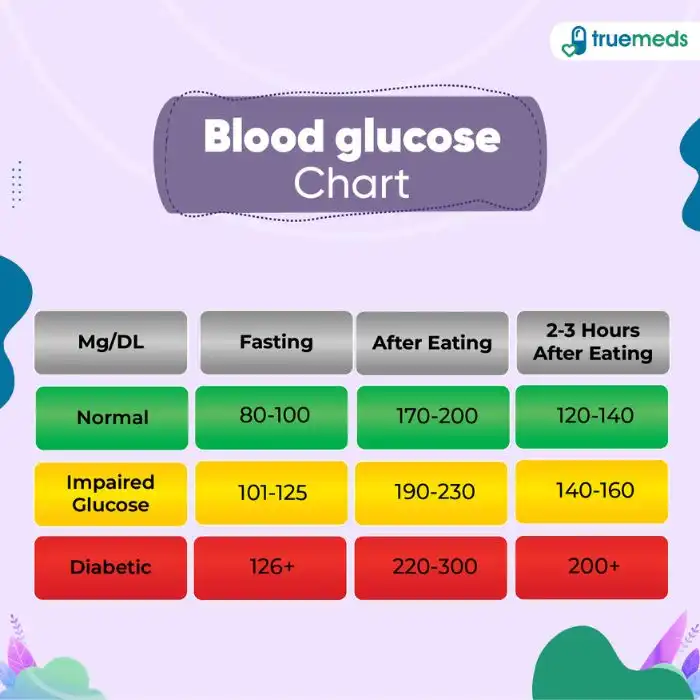Understanding the normal range of glucose in the blood is crucial for diagnosing and managing conditions like diabetes. Glucose, a simple sugar, is a vital source of energy for the cells in the body. Its levels in the blood are tightly regulated by the hormonal actions of insulin and glucagon, among others.
For a healthy individual, the normal glucose range varies slightly depending on the time of day, the last time you ate, and the specific test being used (such as a fasting glucose test or a postprandial glucose test). Generally, the American Diabetes Association (ADA) defines the following glucose levels:
- Fasting glucose levels: Less than 100 mg/dL (5.6 mmol/L) is considered normal.
- After eating (postprandial): Less than 140 mg/dL (7.8 mmol/L) two hours after a meal.
However, these values can slightly vary based on the laboratory or clinic. The World Health Organization (WHO) and other international bodies might have slightly different cutoffs, but the ADA’s guidelines are widely adopted.
Importance of Maintaining Normal Glucose Levels
Maintaining glucose levels within the normal range is crucial for preventing complications such as neuropathy, kidney disease, and vision problems in individuals with diabetes. It’s also important for non-diabetic individuals, as prolonged periods of high blood glucose can lead to insulin resistance and an increased risk of developing type 2 diabetes.
Factors Affecting Blood Glucose Levels
Several factors can affect blood glucose levels, including: - Diet: Consuming high amounts of carbohydrates, especially those with a high glycemic index, can cause a spike in blood glucose. - Physical Activity: Regular physical activity can help lower blood glucose levels by increasing insulin sensitivity. - Stress: Stress can raise blood glucose levels due to the release of stress hormones like cortisol and adrenaline. - Sleep: Poor sleep quality and duration can affect blood glucose control and insulin sensitivity. - Medications: Certain medications can impact blood glucose levels, including steroids, certain antidepressants, and some blood pressure medications.
Testing Glucose Levels
There are several methods to test blood glucose levels, including: - Fasting Plasma Glucose (FPG) Test: Measures blood glucose after an overnight fast. - Oral Glucose Tolerance Test (OGTT): Measures blood glucose levels after consuming a sugary drink. - Random Plasma Glucose Test: Measures blood glucose at any time of day, regardless of when you last ate. - Continuous Glucose Monitoring (CGM): Tracks glucose levels throughout the day and night.
Managing Blood Glucose Levels
For individuals with diabetes, managing blood glucose levels involves a combination of: - Dietary Changes: Following a meal plan that takes into account the carbohydrate and glycemic index of foods. - Physical Activity: Regular exercise to improve insulin sensitivity. - Medication: If prescribed, taking diabetes medications as directed. - Monitoring: Regularly checking blood glucose levels to understand how different factors affect them.
For non-diabetic individuals, maintaining a healthy diet, staying physically active, managing stress, and getting enough sleep can help keep blood glucose levels in the normal range.
Frequently Asked Questions
What is the normal range for blood glucose levels after eating?
+After eating, blood glucose levels should be less than 140 mg/dL (7.8 mmol/L) two hours after a meal for a healthy individual.
How often should I check my blood glucose levels if I have diabetes?
+The frequency of checking blood glucose levels can vary based on the type of diabetes you have, your treatment plan, and how well your blood glucose levels are controlled. Generally, individuals with diabetes are advised to check their levels at least four times a day, but this can vary.
What are the risks of prolonged high blood glucose levels?
+Prolonged high blood glucose levels can lead to serious health complications, including heart disease, kidney failure, nerve damage, and vision problems. It's crucial to manage blood glucose levels through diet, exercise, and, if necessary, medication.
In conclusion, understanding the normal range of glucose in the blood and how to manage it is essential for maintaining overall health, especially for individuals with diabetes. By combining dietary changes, physical activity, and, when necessary, medication, individuals can keep their blood glucose levels within a healthy range and prevent complications.

